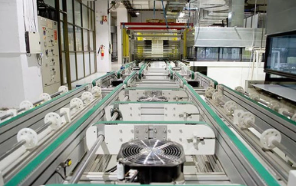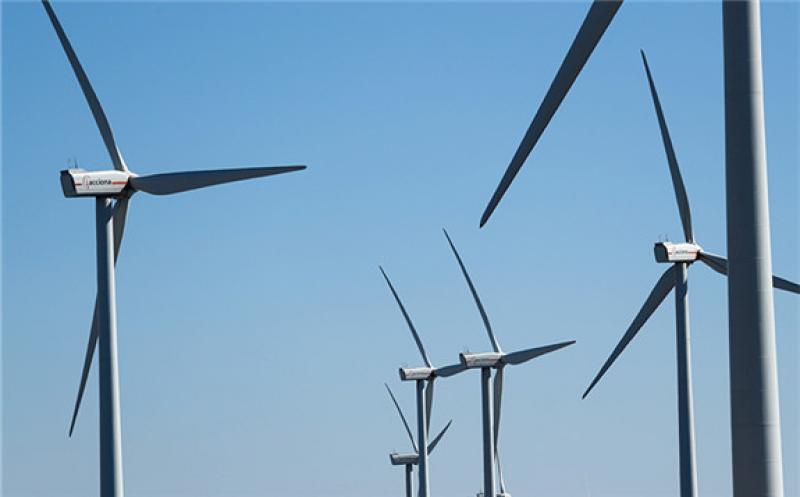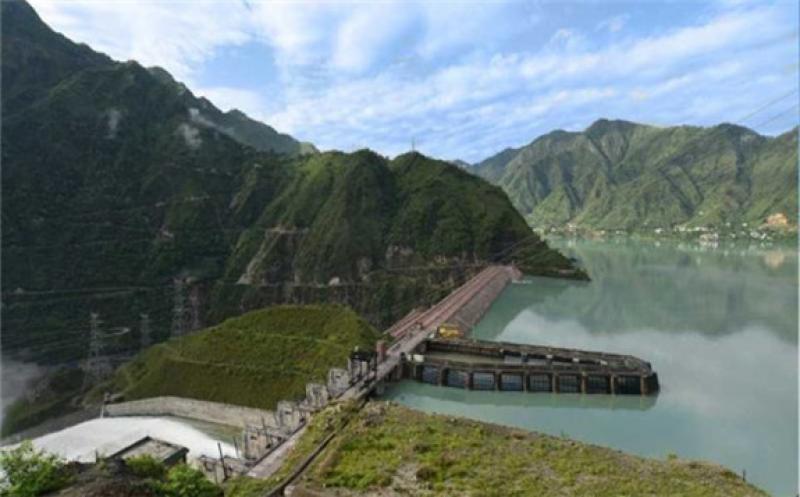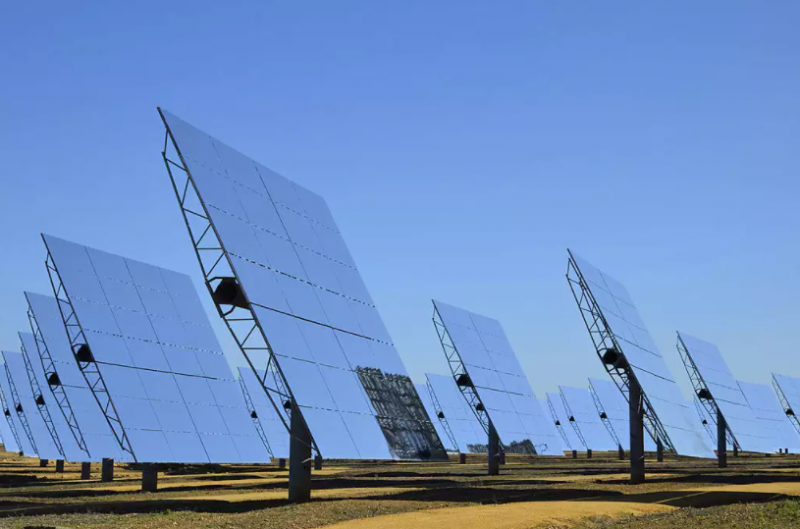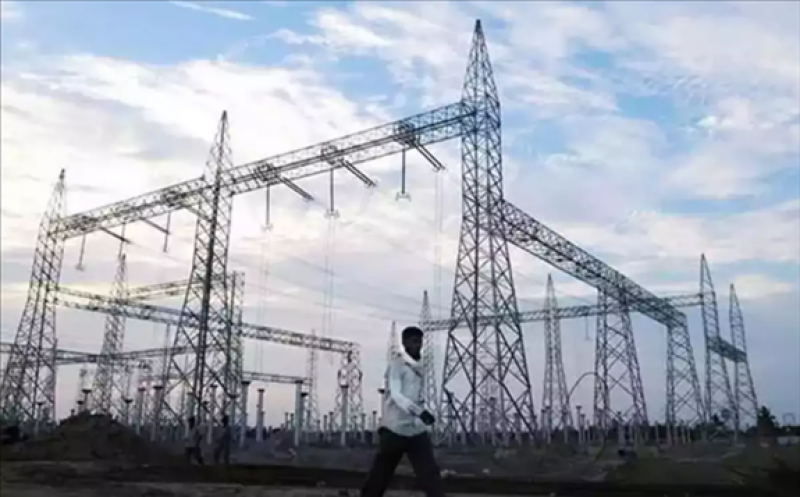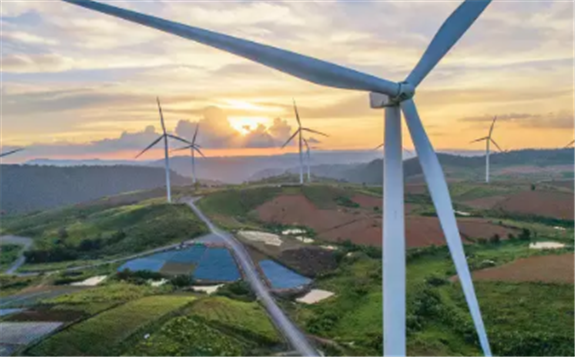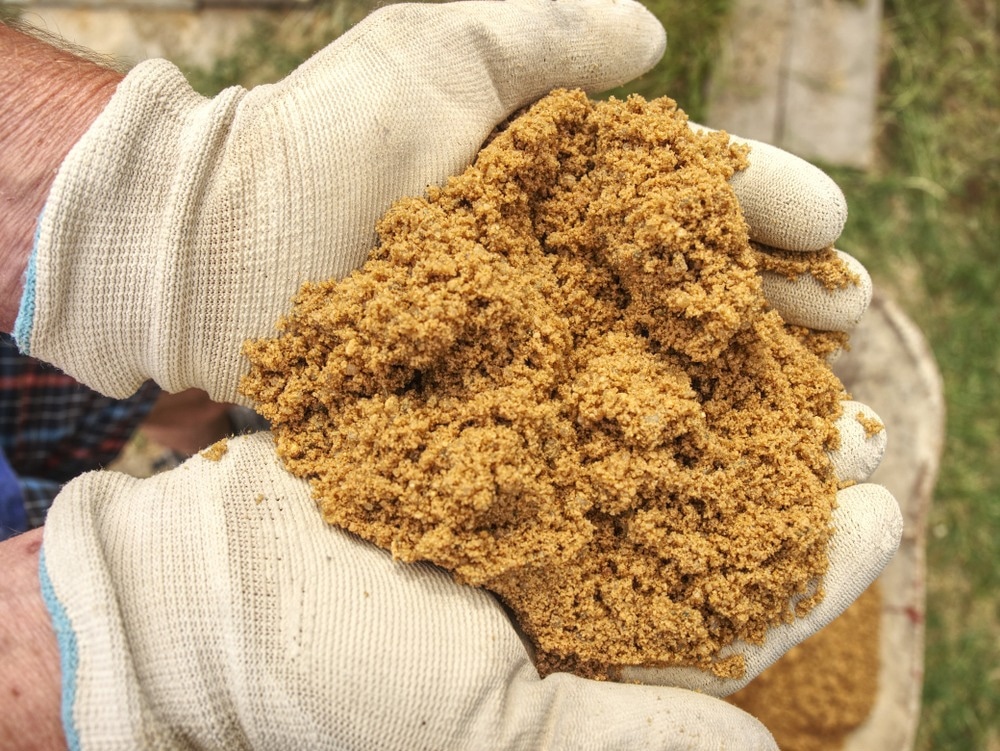
Image Credit: rdonar/Shutterstock.com
The battery technology upscales solar and wind energy by converting electricity to heat and storing it for use when needed. The equipment may enable Finland to address the rising price of fossil fuels and assist the Finish Government’s commitment to transitioning to a net-zero economy to meet climate change targets agreed in the Paris Agreement 2015.
Sand Battery Technology
Solar panels or wind turbines generate electricity. In sand batteries, some electricity is used immediately, while the rest is used to heat the battery. This heat is stored and then used to heat water, which can heat buildings all year round.
Sand batteries are effectively giant silos filled with around 100 metric tons of builder’s sand. This is used as the storage medium and is very effective in retaining heat for long periods.
The sand can be heated up to 1000 °C or even higher. Inside the sand is an insulated heat transfer system to eliminate heat loss and transport to and from storage.
The sand can be kept at around 500 °C for several months using resistive heating, a method of in situ heating that uses energy produced by passing an electric current through a resistance unit.
Storage varies from tens to thousands of cubic meters, which can be located underground to minimize alteration or use up space above ground.
Heat storage is tailored to each customer’s requirements using COMSOL Multiphysics software and 3D transient heat transport models with real-life input and output data.
Advantages of Sand Batteries
Solar panels are only effective when the sun shines, and wind turbines only when the wind blows.
This presents the problem of consistently supplying energy for use when needed.
Large-scale sand batteries can store and balance energy demands, providing balance to national grids. They can become less reliant on topping up energy demands with fossil fuels, transforming national grids into sustainable energy platforms.
Most batteries are currently made with lithium, which is expensive and has a large carbon footprint since it requires mining. Mining involves fossil fuels, uses large amounts of water, generates pollution, and can cause environmental degradation.
Sand batteries are low-cost as sand is relatively abundant and easy to obtain.
Storage facilities can be based below ground, avoiding altering surface landscapes, which might otherwise be used for food production, housing, other industries, or conservation habitat.
Sand battery technology has the potential to become a key solution to providing heat to homes during Finland’s long, cold winter. At the same time, it will help Finland become more self-reliant and address the soaring price of fossil fuels and reliance on foreign supply.
Technological Developments
The first sand battery device has been installed in the Vatajankowski power plant, an energy utility in Western Finland. In 2022, it will provide heat for Vatajankowski’s heating network in Kankaanpaa. It has storage for 100 kW heating power and a capacity of 8 MWh.
Polar Night Energy is also running a test pilot in Hiedanranta, Tampere, providing heat for a couple of buildings to test, validate and optimize the sand battery solution. The pilot uses a 100 square meter solar panel system and electricity partly from the grid.
Finnish researchers Markku Ylonen and Tommi Eronen developed the low-cost, low-impact sand battery at a former pulp mill in Tampere. The council donated the space and provided funding to help get the project off the ground.
Sand Battery Technology Market
Transparency Market Research has revealed key drivers for sand battery technology, including smartphones, computers, and a rise in other hi-tech devices.
A rise in awareness about sustainable energy solutions is predicted to boost the global sand battery market, with Asia Pacific expected to dominate the market until at least 2030.
The sand battery market in Europe is likely to expand rapidly due to a massive increase in electric vehicle (EVs) production and use.
North America is also predicted to hold a vital share of the global sand battery market, driven by rises in cell phone use and electric vehicles.
Sila Nanotechnologies Inc. is a critical player in the global sand battery market after securing US$ 70 million in funding from Sutter Hill Ventures to develop and manufacture materials for a new standard of batteries in 2018, as well as a further US$170 million led by Daimler in 2019.
Polar Night Energy's sand battery technology’s capacity to heat buildings is likely to attract more investment once test pilots have completed and the success of the Vatajankoski power plant has been independently peer-reviewed.
